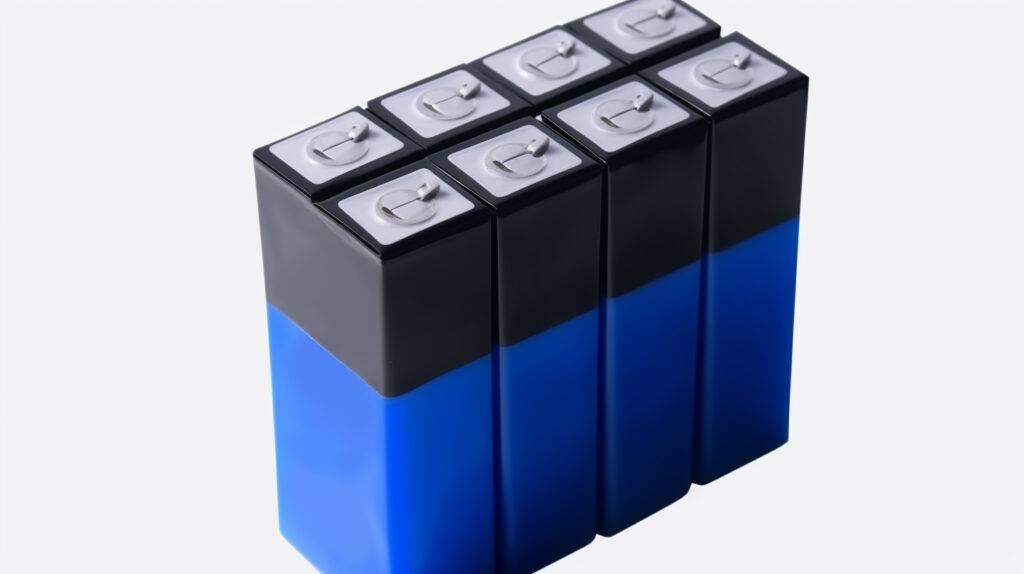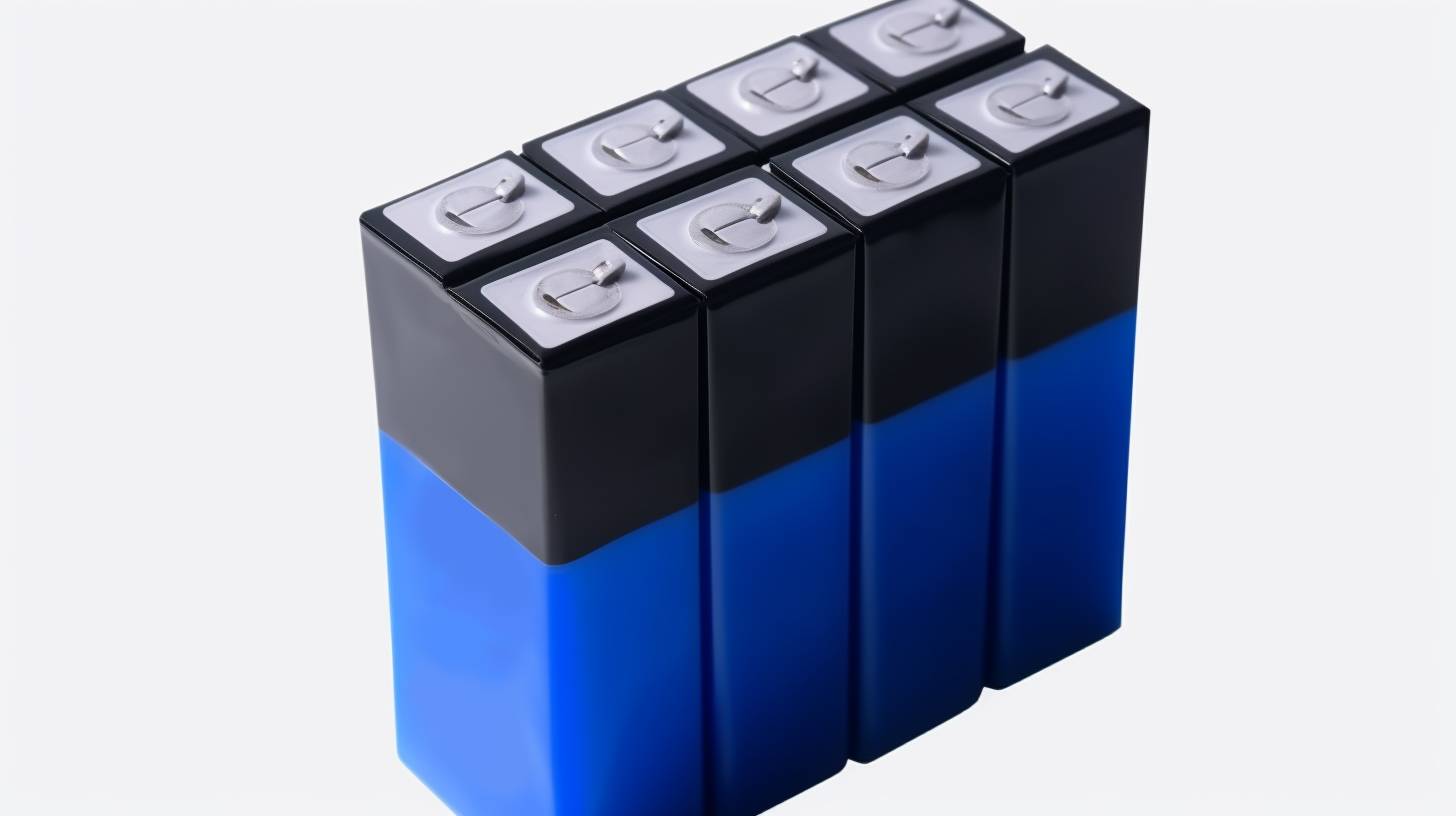
#post_seo_title
As batteries need to be able to hold more power, prismatic cells have become more popular than pouch cells. Both types of cells have many similarities, but they also have distinct characteristics.
There are two types of cells commonly used to make battery packs: prismatic and pouch. Powerful battery packs can be created using their shapes.
Li-ion prismatic batteries: what are they?
Battery with prismatic cells or a stack of prismatic cells is called a prismatic lithium-ion battery. A prismatic cell has a casing made of steel or aluminum that surrounds the cell. A prismatic lithium-ion battery offers greater stability than other types of batteries.
A pouch lithium-ion battery is what it sounds like
Aluminum plastic covers the liquid or relatively solid lithium ion in a pouch lithium-ion battery. As electrodes, pouch lithium batteries use foil tabs instead of metallic cylinders.
There are no standard shapes or sizes for pouch cells. Because of this, pouch cell manufacturers are able to design their own.
What is the difference between a prismatic and a pouch cell?
Compared to prismatic cells, pouch cells have a lot more in common than they do in differences. There are, however, functional and design differences that may lead one to prefer one over the other. It all comes down to the application area and financing availability when comparing prismatic vs pouch cells.
Form
Prisms and pouches are both rectangular. As a result, the shape of the pouch can be adapted to the requirements of the application.
Materials used in packaging
Prism cells have rigid casings made of aluminium or steel, while pouch cells have conductive foil tabs (polymer-coated aluminium foil casings). A pouch cell’s enclosure makes it flexible.
Size
There may be a slight difference in size between square and round cells. As their designs are subject to manufacturer requirements, they can both be made larger or smaller as needed.
Having a weight
In comparison to prismatic cells, pouch cells are typically lighter in weight. It is because prismatic cells use a shell casing which makes them bulkier.
Capacity & voltage of cells
Because of the flexibility of their designs, these cells can have a greater capacity. Prismmatic cells, however, have a larger capacity due to their ability to stack up better than pouch cells.
Conversely, do bigger batteries have more voltage? While pouch cells are relatively thin, they have the ability to handle higher voltages than prismatic cells as they can handle explosive or long-term voltage levels.
Efficacy
It is more likely for pouch cells to be damaged by high temperatures and humidity. They may suffer a negative impact as a result. Prisma cells are better than pouch cells in this regard.
If the pouch battery is also in a bad state, the probability of it exploding and catching fire will be greatly reduced, and they will only appear bulging.
The cost
Battery prices are influenced to some extent by factors such as standardization of production and raw materials. As a result of the sheer number and cost of materials, pouch cells are more expensive to manufacture than prismatic cells. A pouch cell’s manufacturing process is also more complex than that of a prismatic cell’s.
It is generally more expensive to use pouch cells.
The performance
Because of their light weight, reliability, flexibility, and small size, pouch cells are ideal for smartphones, drones, and ultra-thin laptops. The fact that they are less likely to explode makes them safer than prismatic cells.
In contrast, prismatic cells are better suited for ESS (energy storage systems) and electric cars. It is more likely for prismatic cells to suffer from problems related to thermal management.
While pouch cells perform differently depending on where they are used, they perform better in certain applications.
Comparing prismatic and pouch cells
The pros of pouch cells
They have a long life cycle. After four thousand charge cycles, DOD remains above 80% on these cells.
Compared to cylindrical cells, they provide better energy storage.
Cells in pouches are safer than other types. They are still able to handle pressure even when they have internal problems and swell up.
The disadvantages of pouch cells
Comparing pouch cells to cylindrical cells, pouch cells do not have as good a mechanical load-bearing capacity
A pouch cell costs more to manufacture than a traditional battery cell.
Damage is easier to occur to them.
The pouch cells are more prone to leaks due to their different designs
Pros of prismatic cells
● Prismatic cells have more energy per cell compared to cylindrical cells
● They offer a longer cycle life compared to traditional battery cells
● Prismatic cells are cheaper to manufacture compared to cylindrical cells
Cons of prismatic cells
● The heavy outer shell (steel or aluminum) of prismatic cells has restrictive effects on the energy density of battery packs.
● The manufacturing process of prismatic cells is complex
● Relatively less safe, in larger battery packs, you need to pay attention to heat dissipation.
Which is better between prismatic vs pouch cells
There are several factors to look at when comparing prismatic vs pouch cells and which one is better. It is good to look at the application area; there are instances where pouch cells may be better than prismatic cells and vice versa. Nevertheless, it’s important to note that these cells are used almost similarly.
However, from a manufacturing standpoint, prismatic cells are more complex to make than pouch cells, which means that pouch cells are better in this instance.

